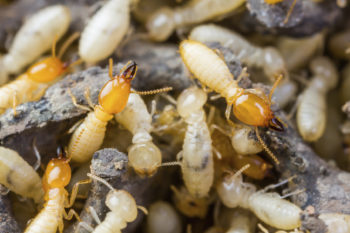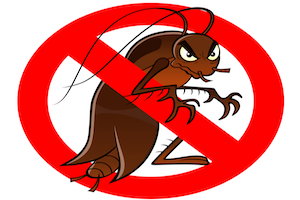
Getting pests out of your home can be hard. Keeping them out in the first place doesn’t have to be. Most kinds of common household pests get into homes using the same couple tried-and-true infiltration tactics. It’s easy to pest-proof your home by depriving pests of ways they get in, and periodically checking for any new vulnerabilities.
If you’re interested in learning how you can pest-proof your home quickly, easily, and efficiently, start by checking off the items on this list. Following these basic steps will make it hard for even the most tenacious of pests to let themselves in.
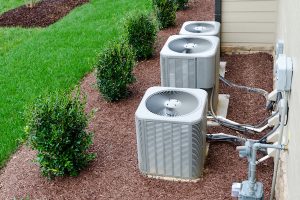
Seal Around Utility Lines
Pests like ants, spiders, cockroaches, earwigs, and rodents use small gaps where your utilities enter your house to sneak in. Look for places where utility lines enter your home. Using caulk, steel wool, or an equivalent sealant, fill in the gap between your house and these utility lines.
Do this outside and inside. If you can see daylight shining through a gap, it’s big enough for a pest to fit through. Seal it up. Don’t worry–you won’t impair the function of any gas, electrical, or water lines by filling in gaps, but you will keep pests out.

Weatherstrip Doors and Windows
Weatherstripping acts as a cover over the natural gaps between the door or window and its seal. This cover prevents drafts and keeps cold out, but it also helps prevent pests.
Check each door and window. If you notice it’s crooked, have trouble closing it, or feel a draft, it may be time to replace the weatherstripping. Pests can chew through worn weatherstripping, so if you’re unsure at all, replace it right away.

Seal Cracks
The number one way pests get into houses is through tiny gaps in the siding, floorboards, foundation, or walls. Mice can fit through any dime-sized opening!
Look for likely places indoors and out where pests may be able to squeeze in. Check low and high especially, as well as in corners or unfinished parts of the house. Look for holes in insulation or cracks in the flooring.
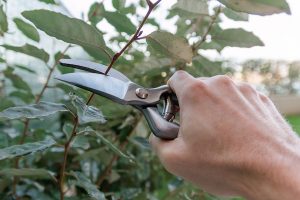
Lawn Maintenance
Yards with lawn debris such as loose leaves, fallen sticks and branches, or overgrown shrubs are attractive to a wide variety of common house pests looking for shelter and food. Spiders, roaches, and even rodents can use overgrown ornamental plants to climb onto and into your home.
Rake up leaves in the fall, gather fallen sticks, and trim bushes and shrubbery to eliminate possible sources of shelter and food for unwanted pests. Keep any firewood stored outdoors at least 10 feet away from the house. Trim trees and ornamental plants so that they never directly touch your house.
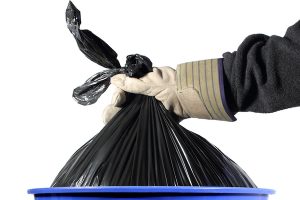
Take Out the Trash
Leaving trash out, whether it’s in the open or in bags or cans, will attract pests looking for a meal. One of the best things you can do to make your house less appealing to unwelcome guests is to take your trash out every night.
Store your trash bin at least 10 feet away from the house. Rinse out any bottles or cans before you recycle them, too. Recyclables should be taken out with the trash every night.

Don’t Leave Dishes Out
Whether it’s the moisture from the dishwasher or the debris left behind on plates after a meal, pests can’t get enough of it. Food and water on plates attract pests like crazy, especially the sugary water of soft drinks.
Wash, dry, and put away any and all dishes before you go to sleep at night. You could do this right before you take out the garbage and kill two birds (or pests, in this case) with one stone.
Pests are notoriously crafty, and it’s possible that even these pest-proof methods won’t always be enough. If you find that’s the case, give Griffin Pest Control a call. We’ll find the source of your infestation, deal with the pests, and show you how to prevent it from ever happening again.



